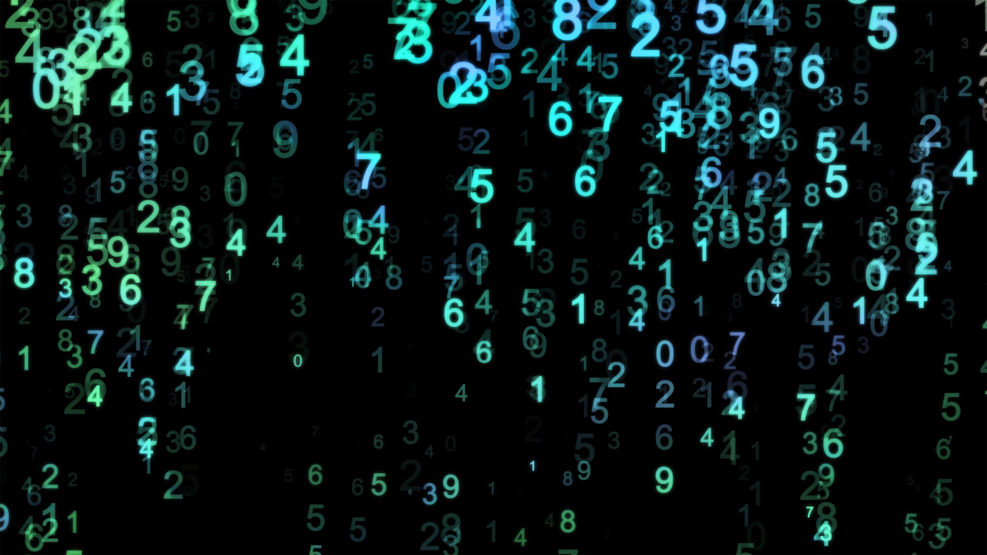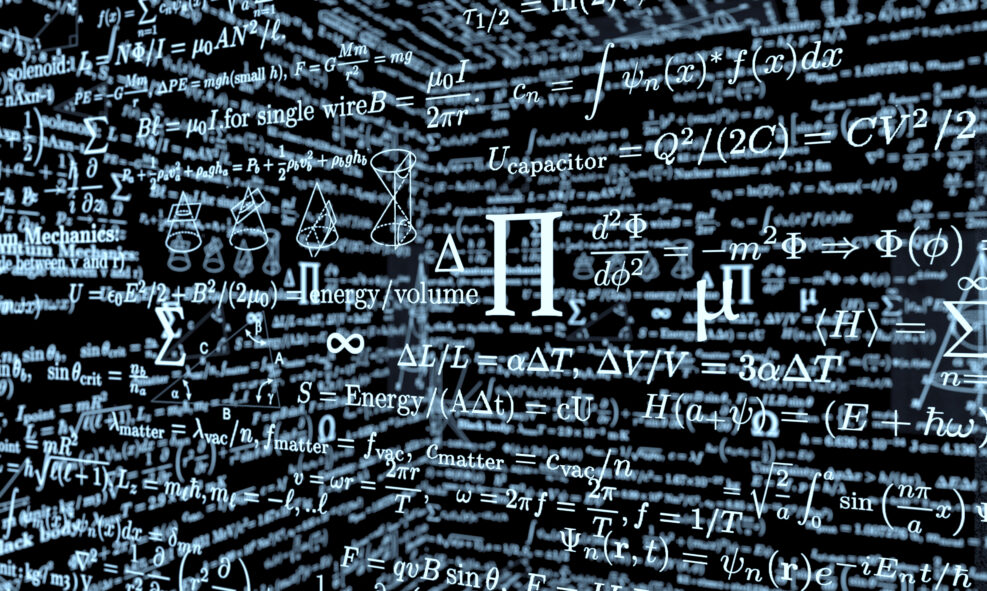
Randomness, Information Theory, and the Unknowable
In the 1960s, mathematician and computer scientist Gregory Chaitin published a landmark paper in the field of algorithmic information theory in the Journal of the ACM – and he was only a teenager. Since then he’s explored mathematics, computer science, and even gotten a mathematical constant named after him. Robert J. Marks leads the discussion with Professor Gregory Chaitin on Read More ›

